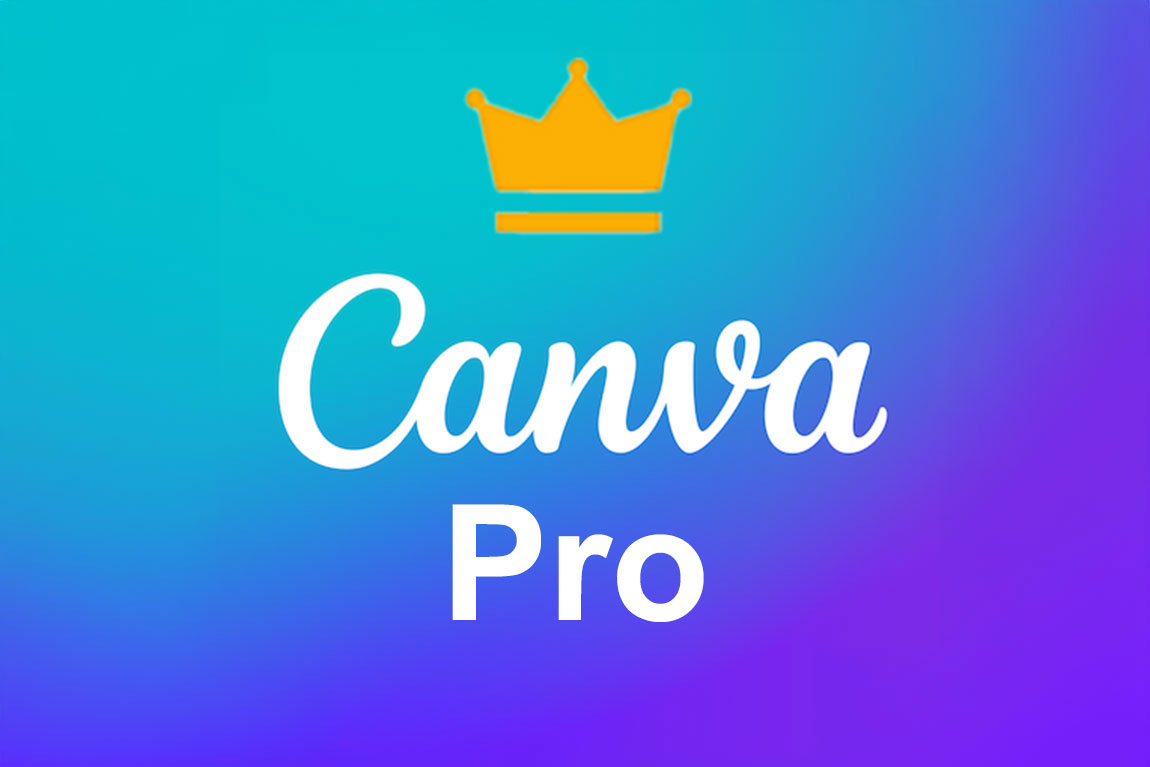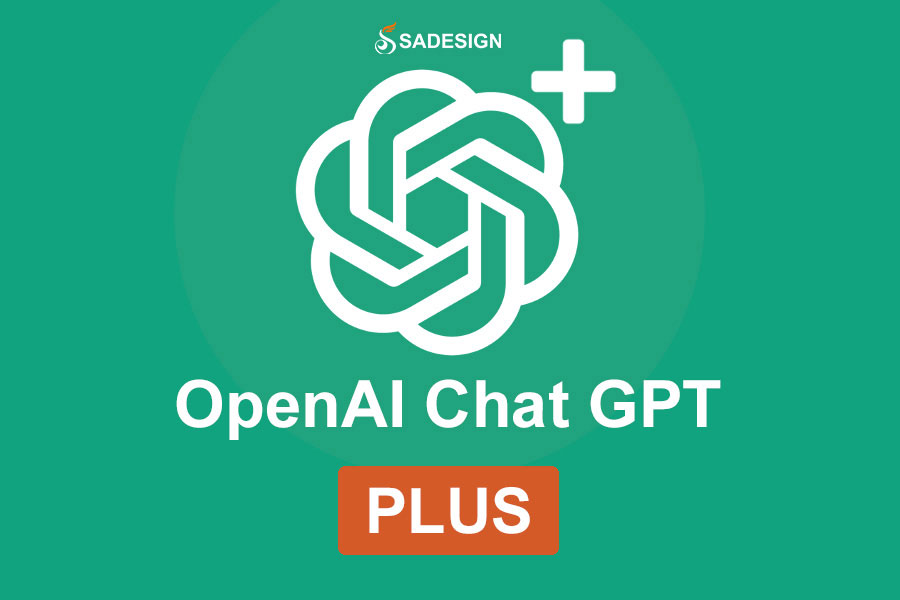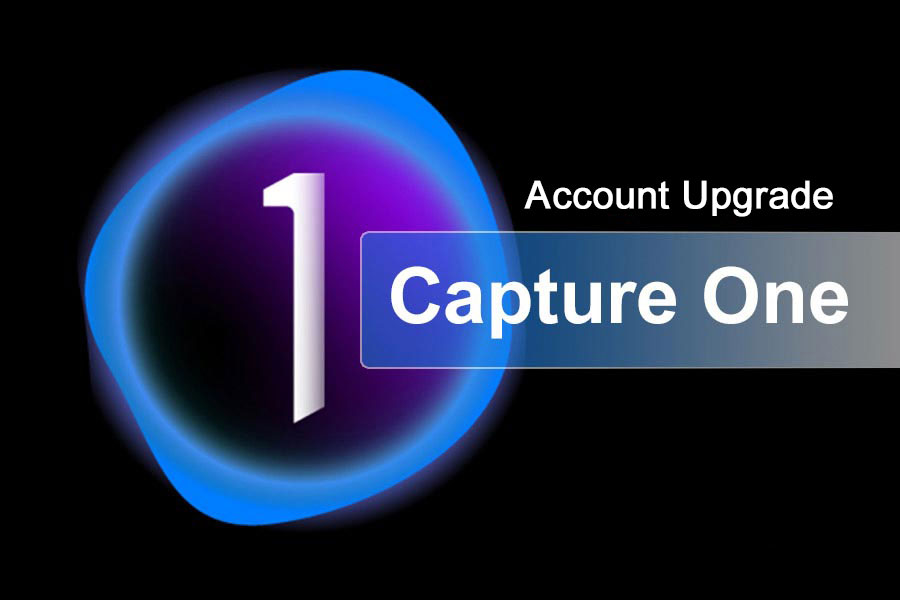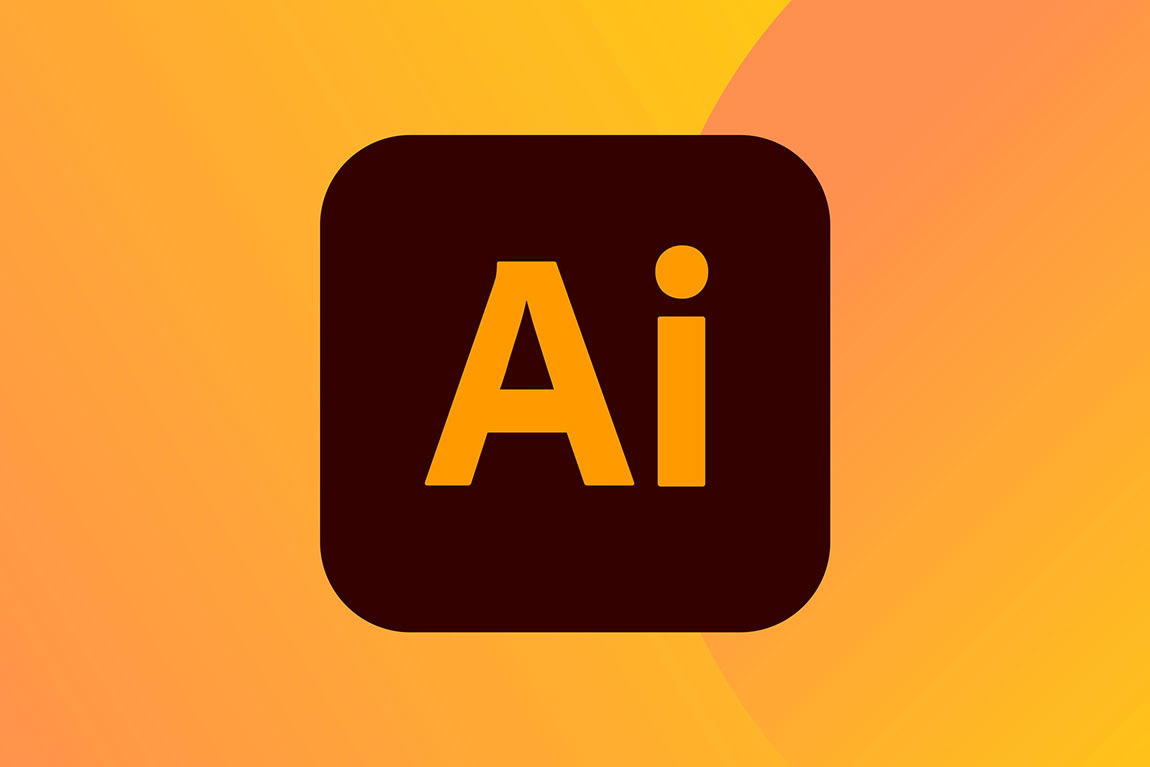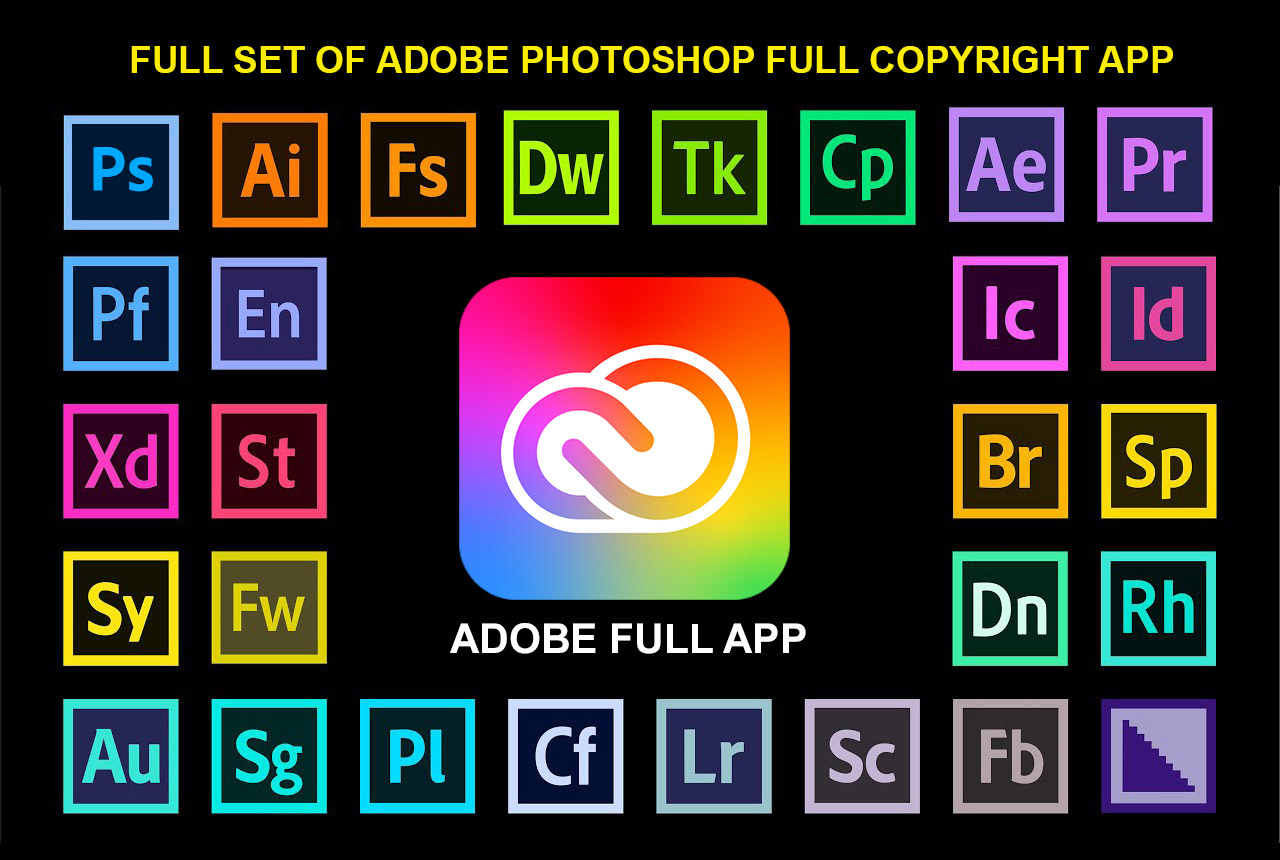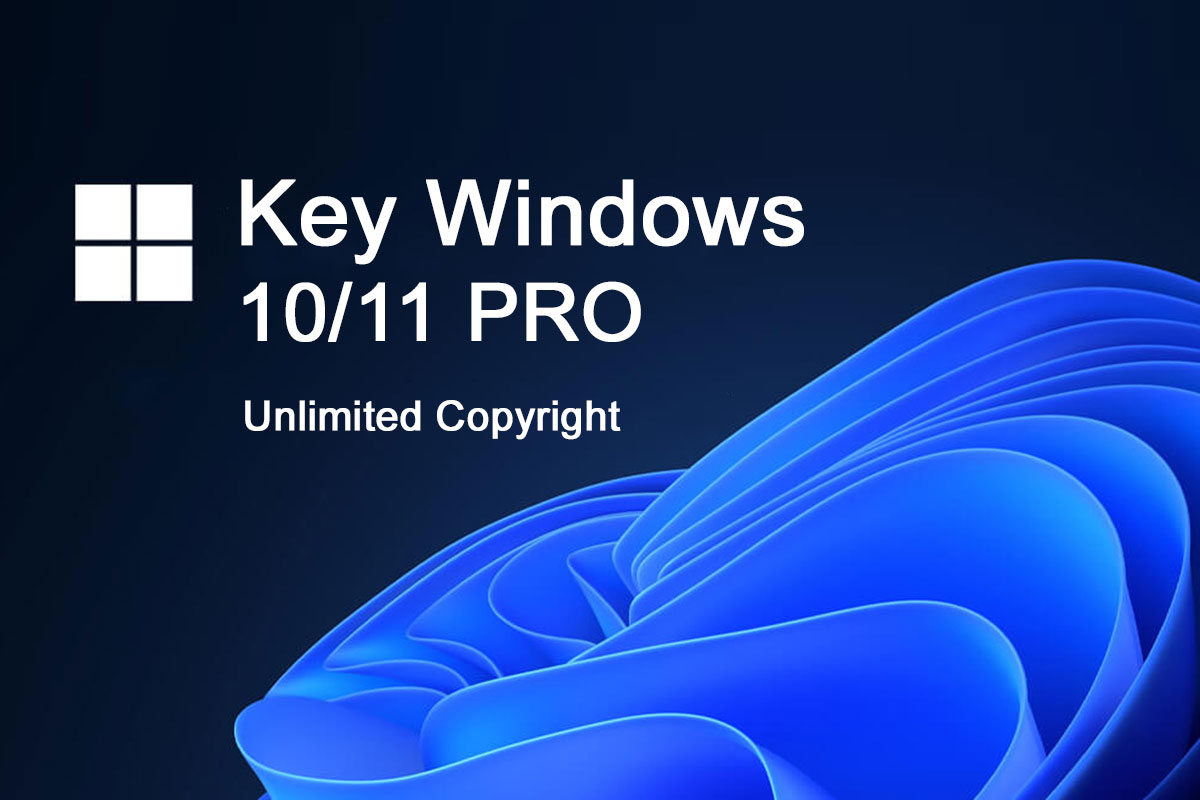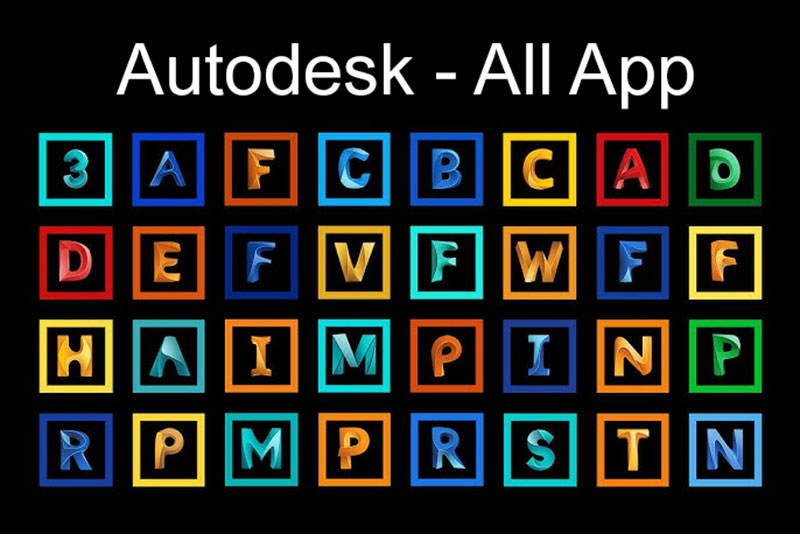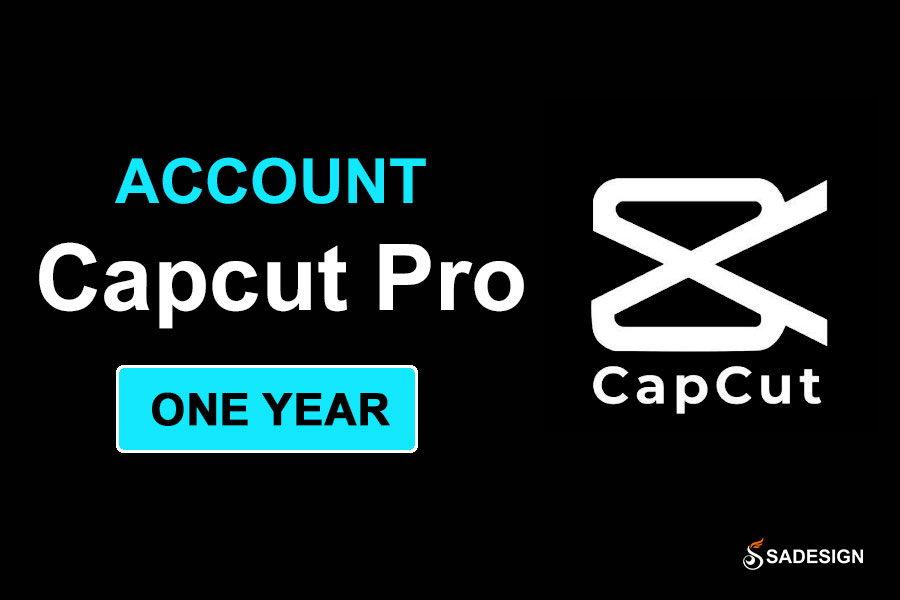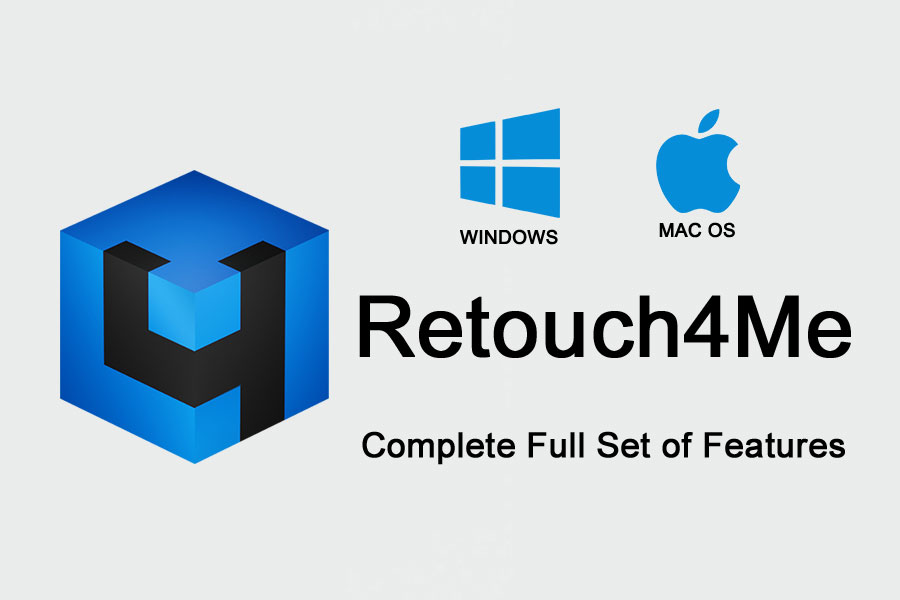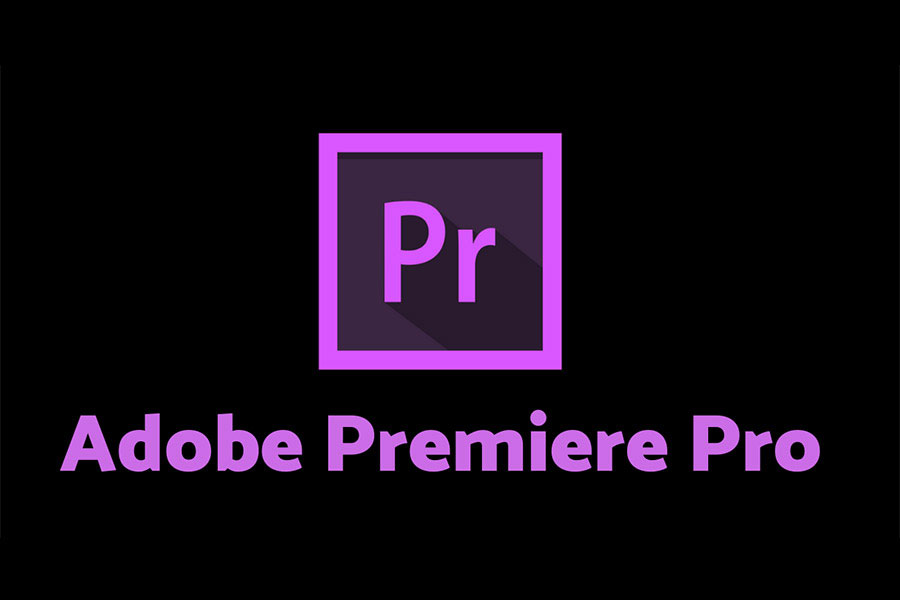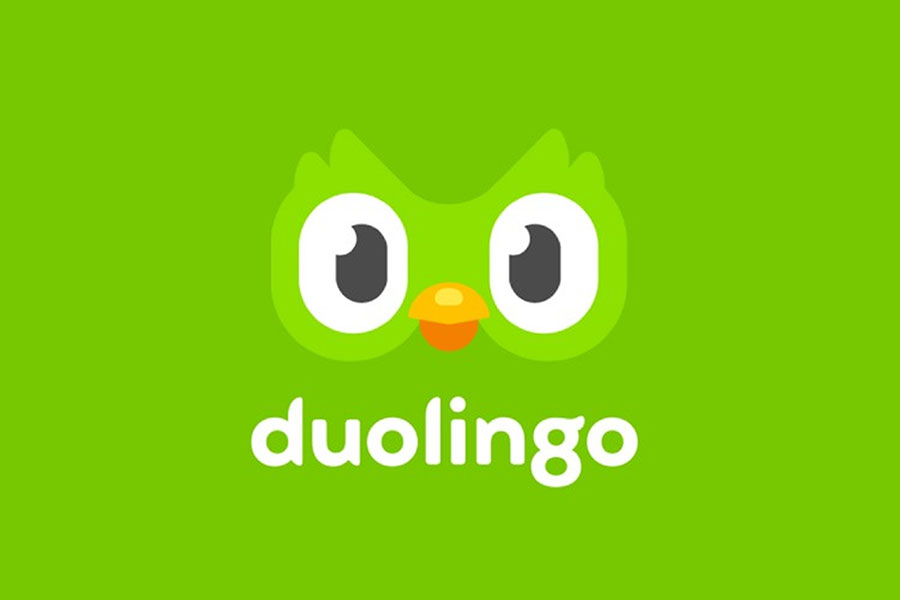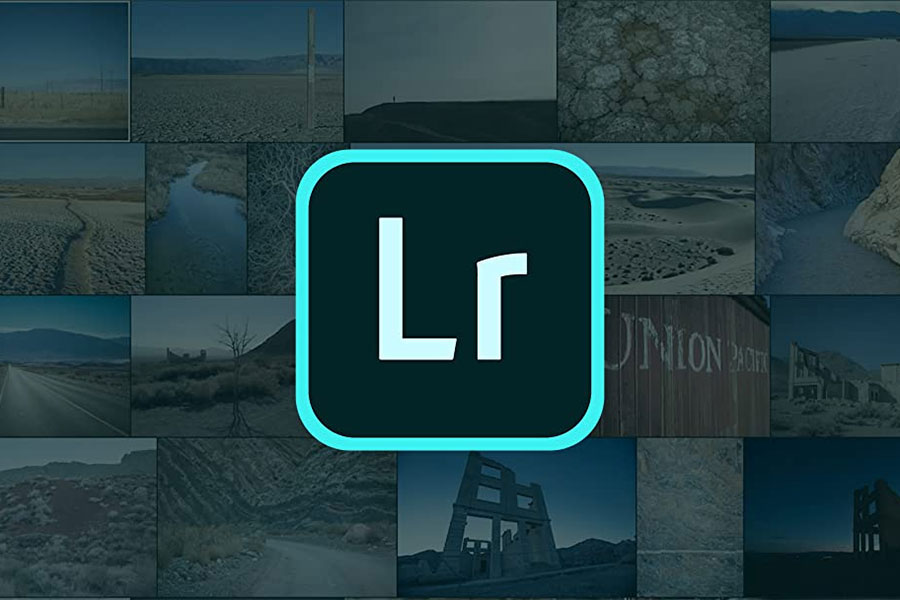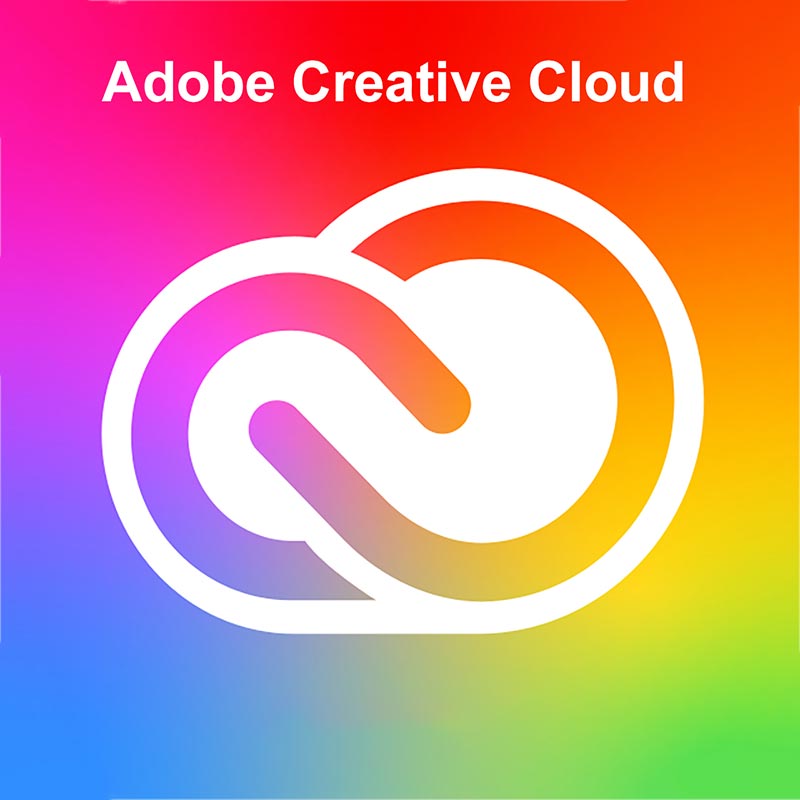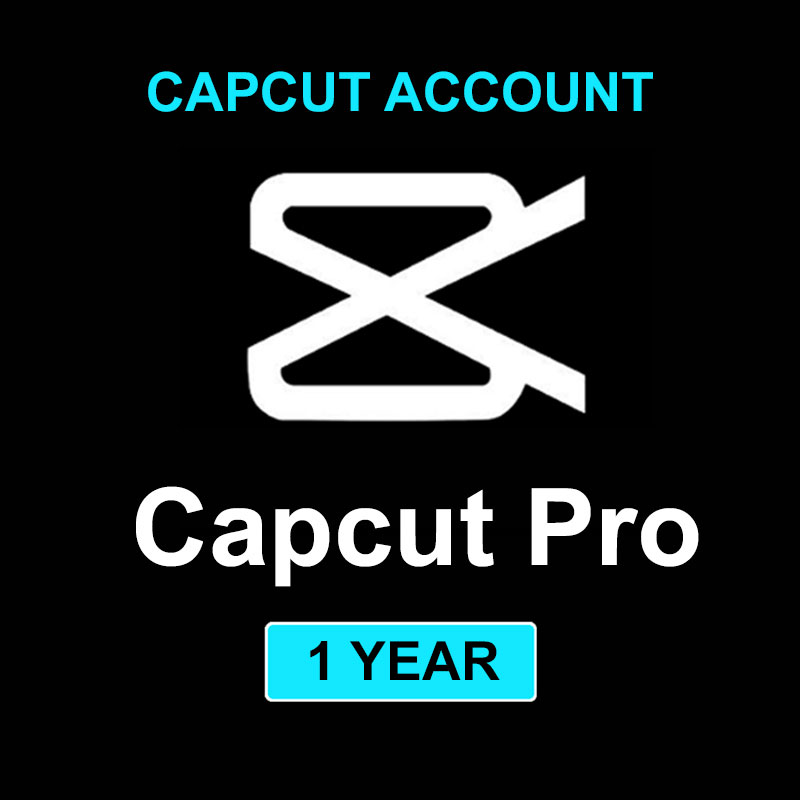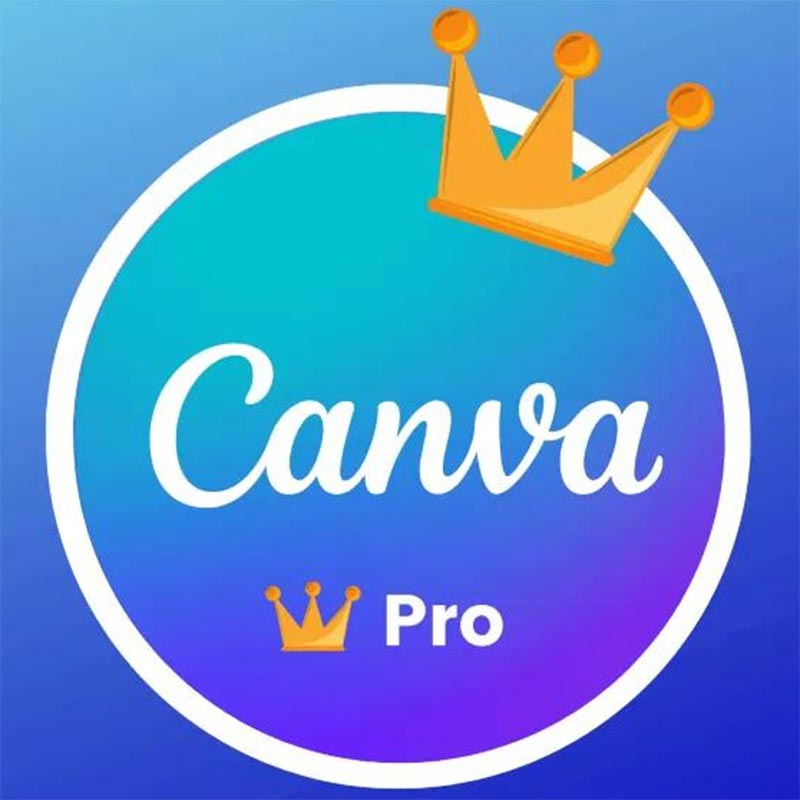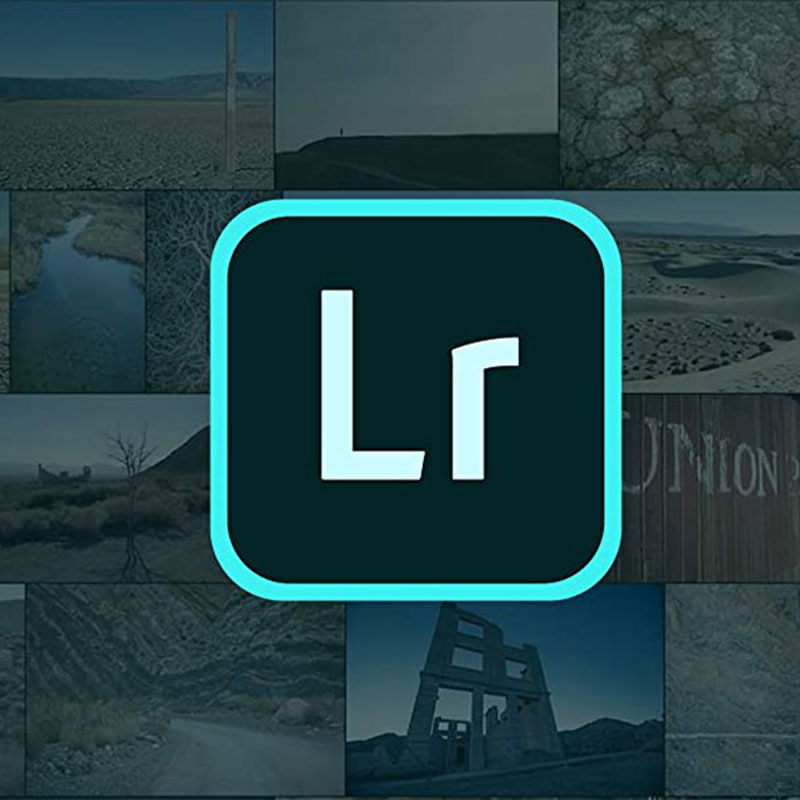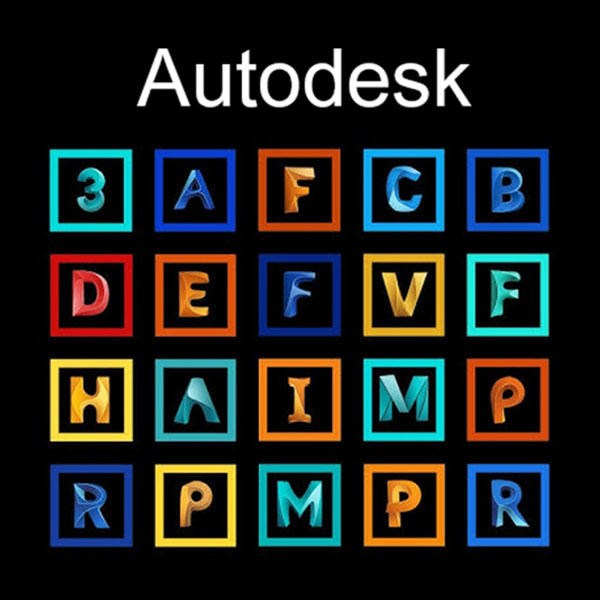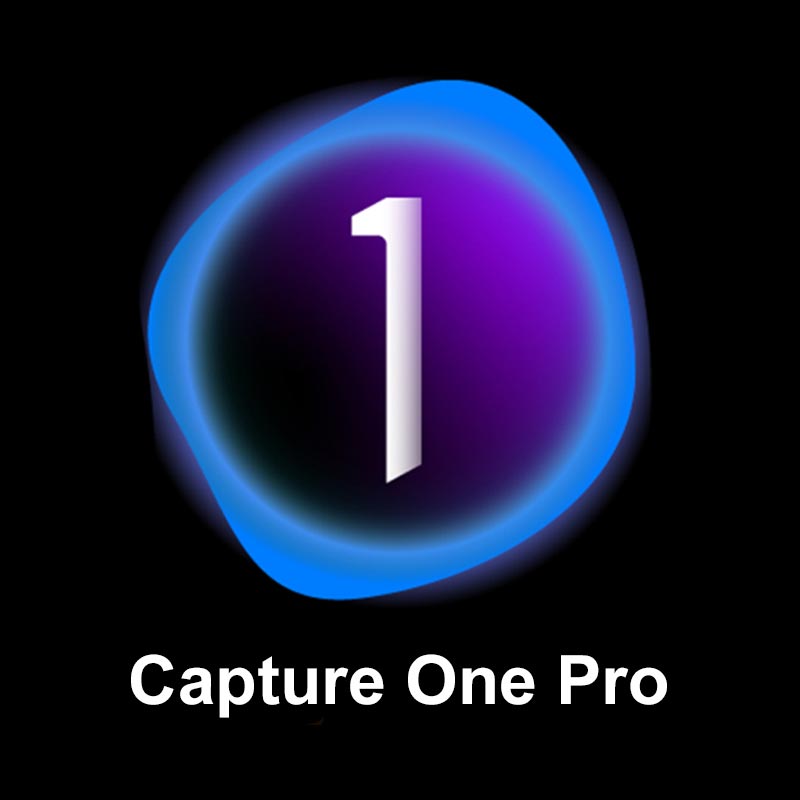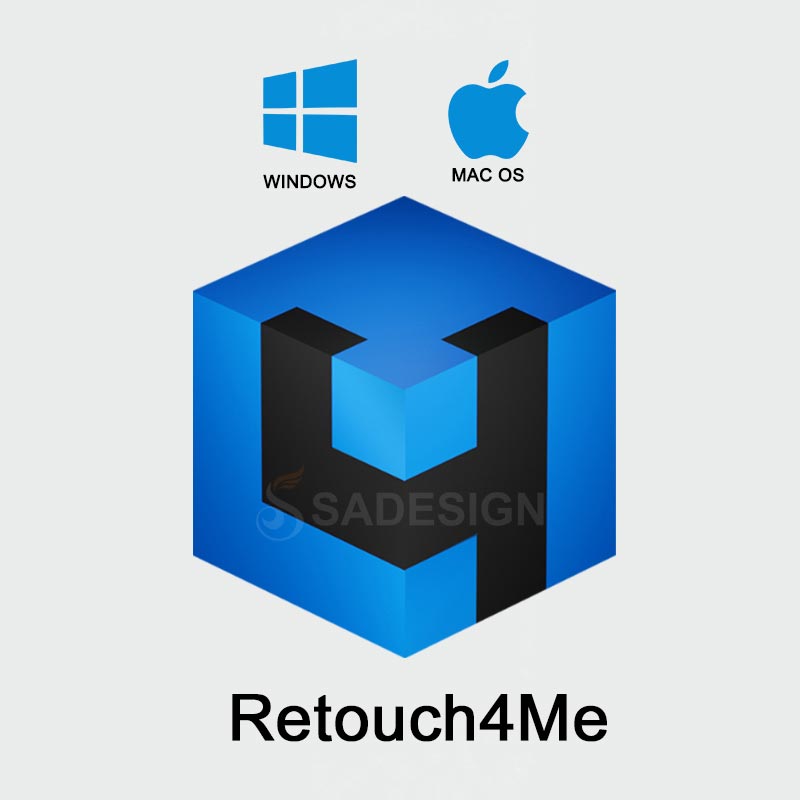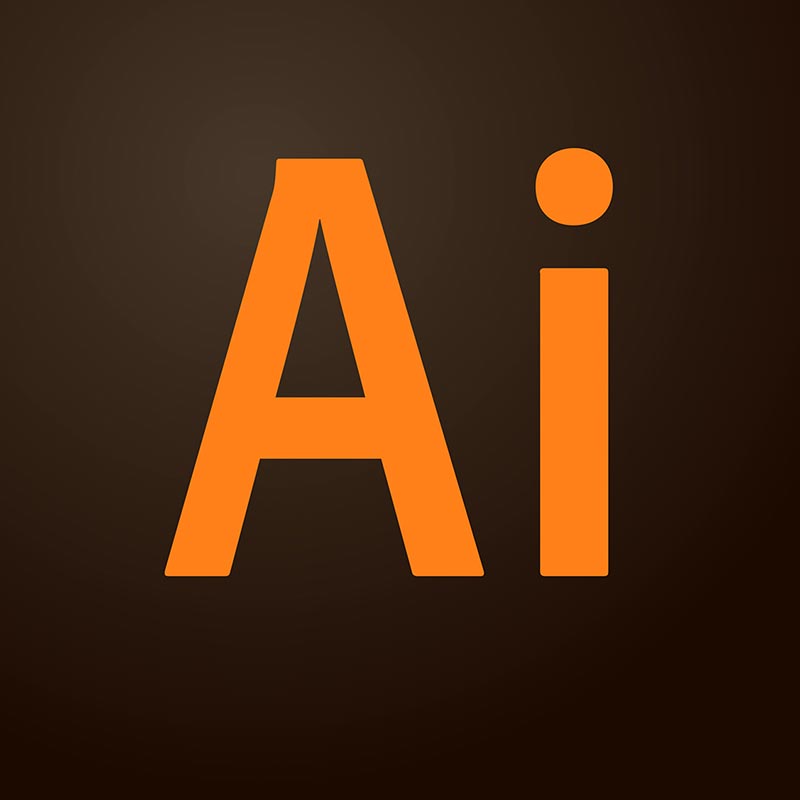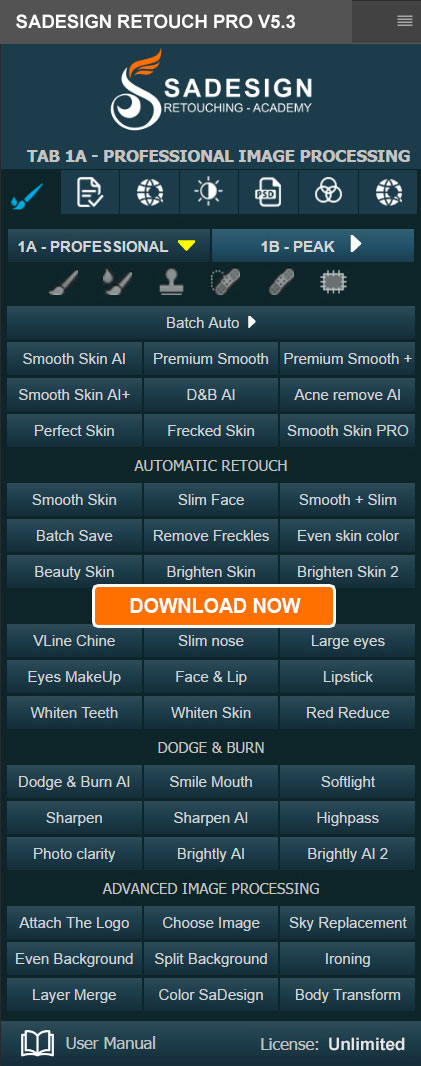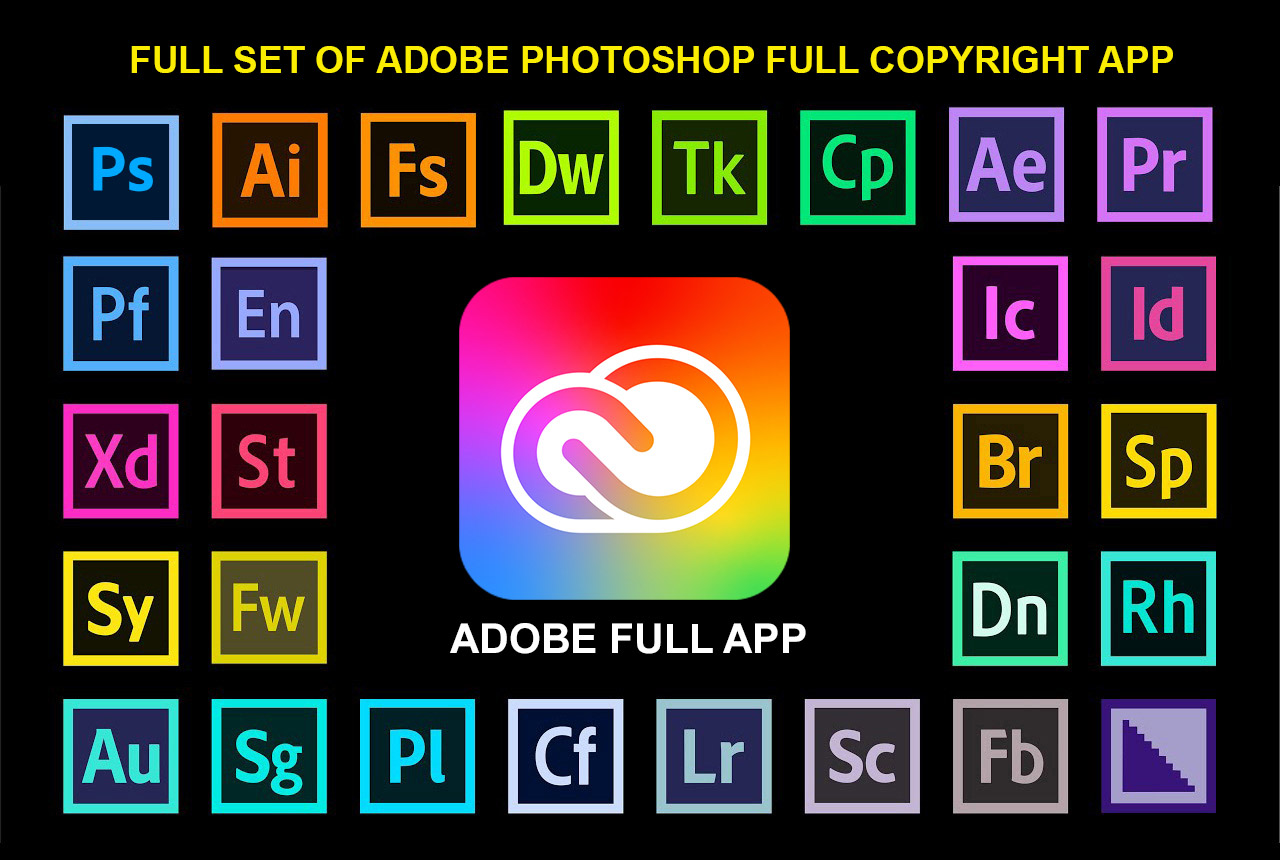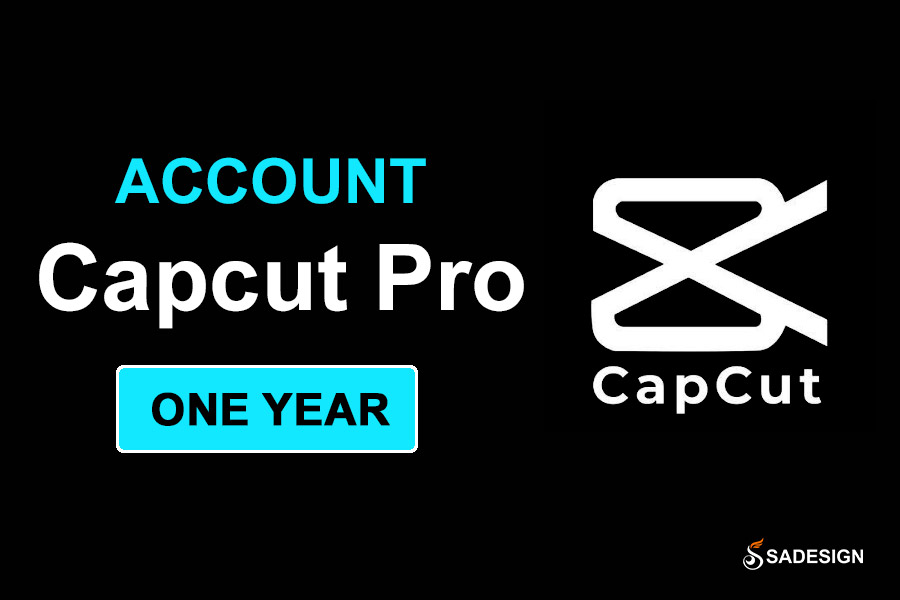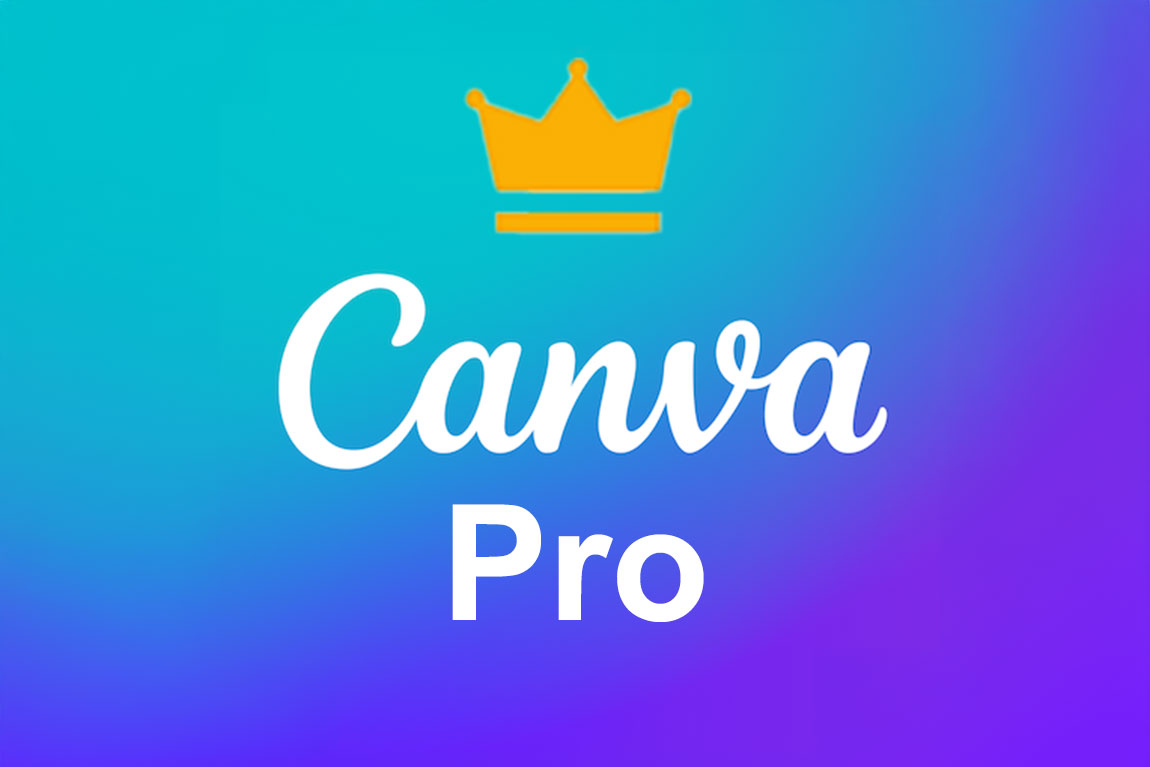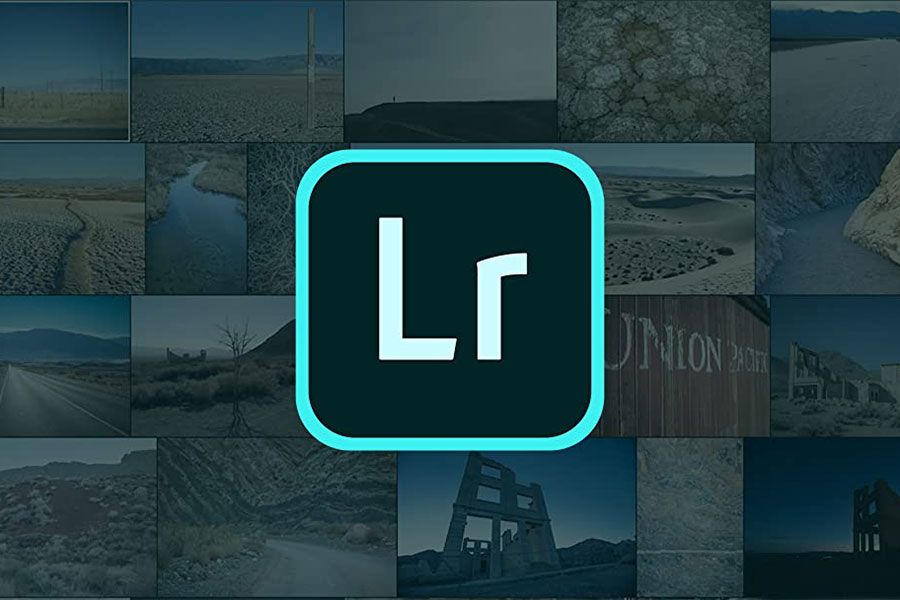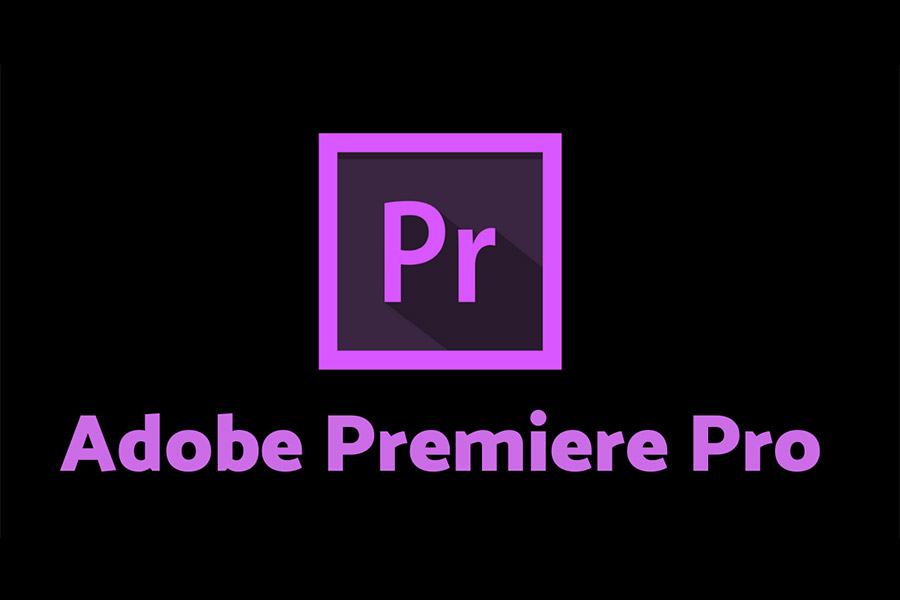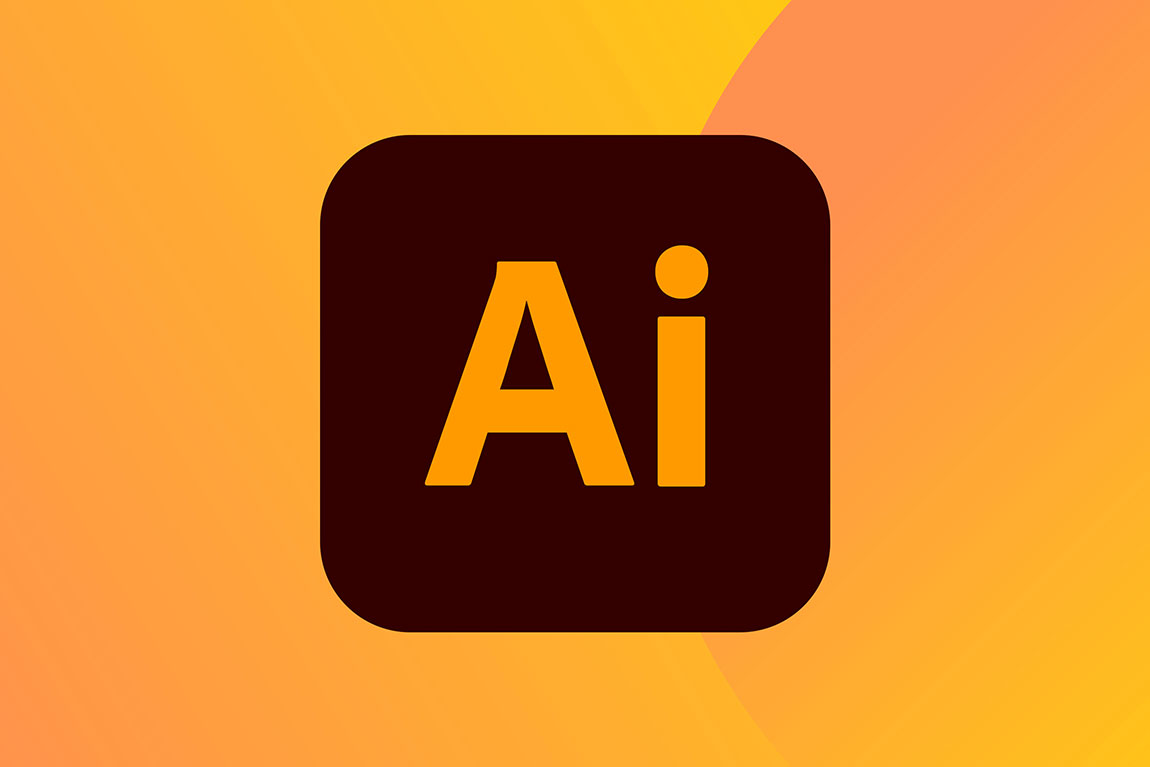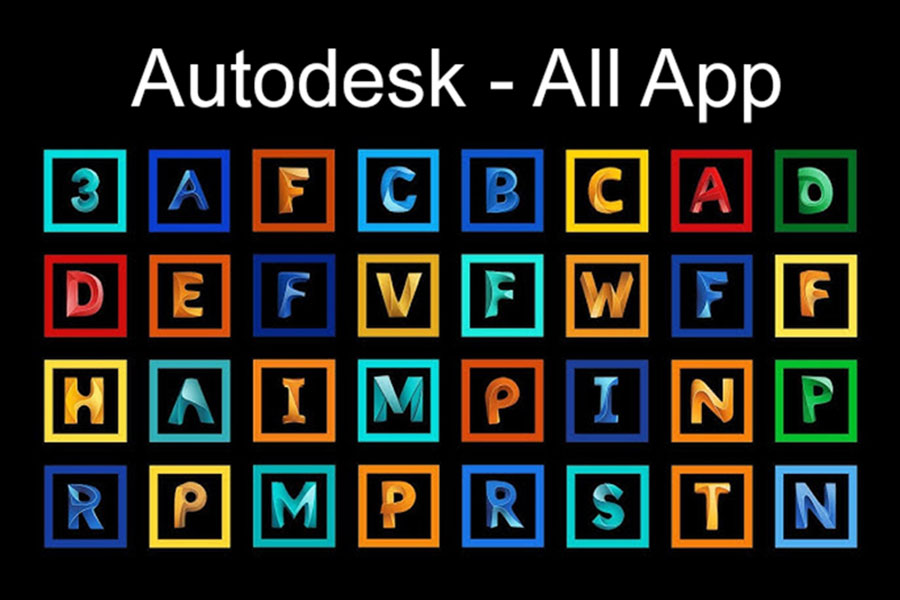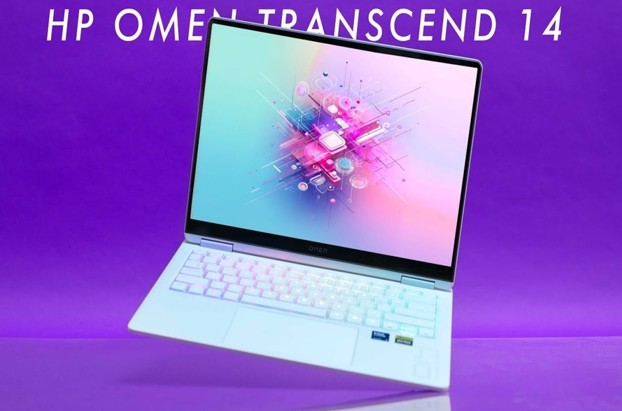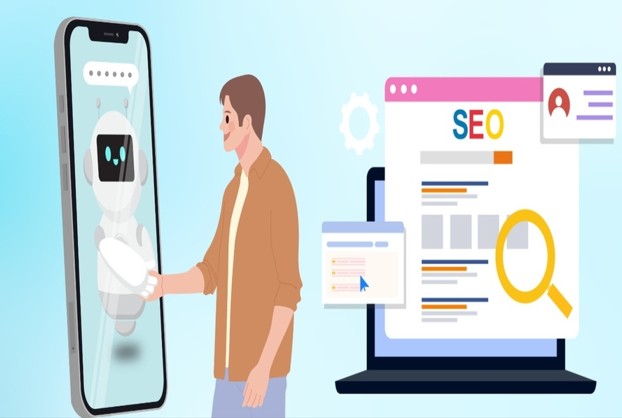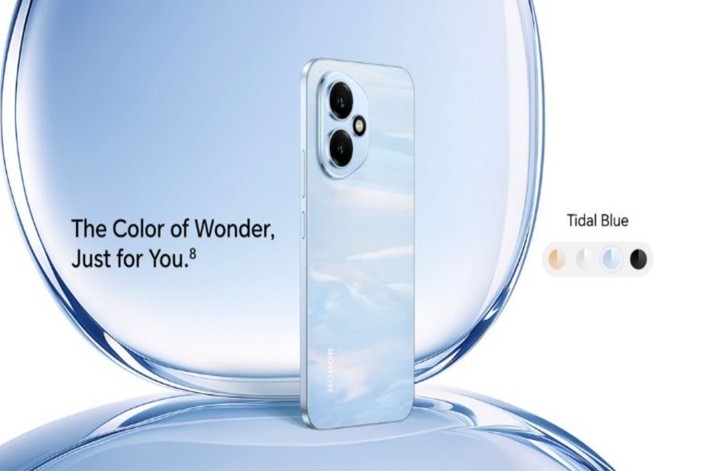Best Selling Products
Veo 3 Makes Netizens "Feverish": Create Videos Using AI With Just A Few Commands, It's Unbelievable!
Nội dung
- 1. What is Veo 3? Why is it "causing a fever"?
- 2. The Hidden Creator and the Powerful Transformation
- 3. What's new in Veo 3 compared to previous versions?
- 4. Create videos with just commands
- 5. Application in Vietnam
- 6. Barriers: High price, no support for Vietnam and good English required
- 7. Global Community: Excited, Amazed and… Concerned
- 8. Risk of abuse: Deepfakes and spam
- 9. Google responds: AI watermarking and responsible use guidelines
Just a few days after its launch at the Google I/O 2025 event in late May, the artificial intelligence (AI) video creation tool called Veo 3 has become a hot topic on social networking platforms.
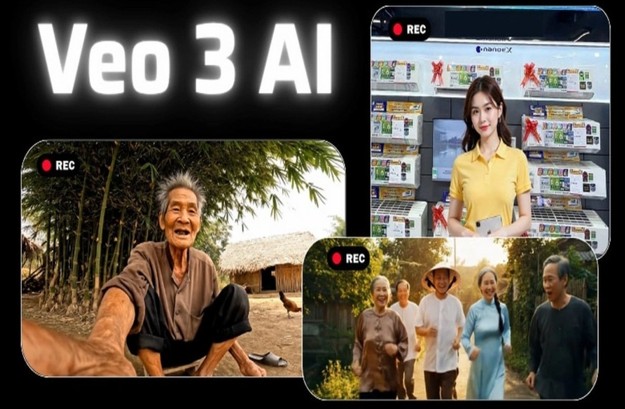
In recent years, artificial intelligence (AI) has infiltrated every corner of life from search engines, virtual assistants to design and photo editing software. However, it was not until 2025, when Google announced Veo 3, that the world truly felt an incredible leap in AI content creation. No longer just static images or short simulated videos, Veo 3 has taken video creation by command to a new level: realistic, vivid and emotional.
In just a short time, a series of AI-generated videos from Veo 3 have appeared on social networks, attracting millions of views. Content creators, marketers, even teachers, independent filmmakers... are "crazy" about this tool. What makes a new software create such a big buzz? How can an ordinary person become a "director" with just a few lines of description? And what are the opportunities and risks that Veo 3 brings?
The article below will help you understand the whole picture of the phenomenon called Google Veo 3, from how it works, its highlights compared to other AI tools, the actual experience of users in Vietnam, to the controversies surrounding ethics and the possibility of abuse. Let's explore the "fever" that is shaking up the world of digital content creation.
1. What is Veo 3? Why is it "causing a fever"?
Just a few days after its launch at the Google I/O 2025 event in late May, the AI video creation tool called Veo 3 has become a hot topic on social media platforms. From YouTube, Instagram to Reddit or Facebook, users everywhere are sharing mesmerizing videos created with simple commands that everyone thought were impossible just a few years ago.
Veo 3 is the latest version of Google's AI video creation tool, considered a huge step forward compared to other competitors such as OpenAI's Sora or Runway Gen-3 Alpha. With the ability to turn text into videos with realistic images, vivid sounds and natural language, Veo 3 not only attracts the content creation community but also opens a whole new door for the filmmaking, marketing and education industries.
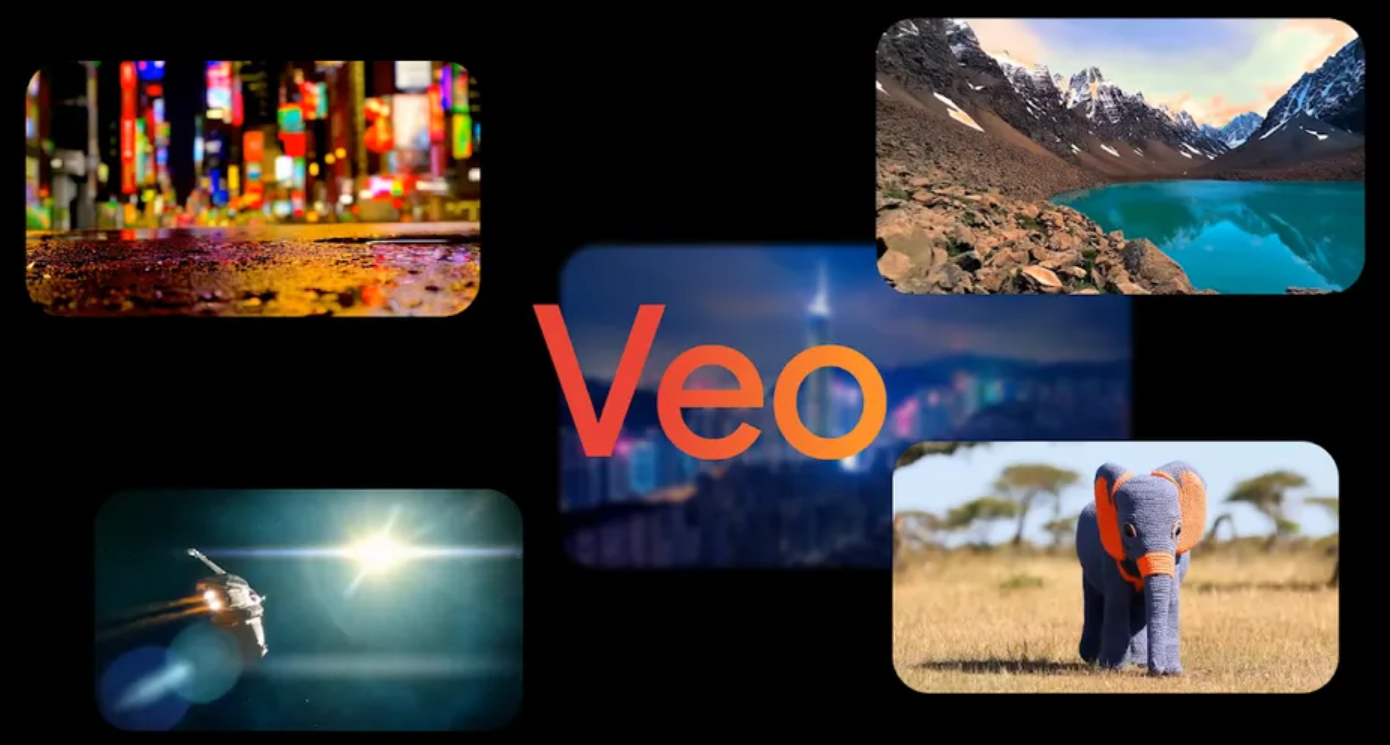
2. The Hidden Creator and the Powerful Transformation
In Vietnam, many content creators have quickly caught up with this AI wave. One of them is Hoang Anh, a famous creator in Hanoi with a "faceless" style, meaning he does not use his real face or voice, but all images and sounds are created by AI. He said:
“Veo 3 is helping me create videos that I couldn't even dream of before.”
Within weeks of Veo 3’s release, he experimented with creating short videos in Vietnamese using Vietnamese commands, then splicing them together into a complete film. This was something that previously required a large crew, high budget, and long production time.
With Veo 3, everything is reduced to just a laptop and… a few lines of detailed description. No actors, no studio, no camera, and the result is still surprisingly vivid and realistic footage.
3. What's new in Veo 3 compared to previous versions?
More than just a tool for creating videos from text, Veo 3 offers a series of outstanding features:
Dialogue and environmental effects: This is a special feature that other competitors such as Sora, Runway or Pika still lack. Veo 3 allows adding character voices, animal sounds, environmental sounds (such as rain, ocean waves, vehicles...) in sync with the image.
Synchronize mouth shape and Vietnamese: According to Mr. Hoang Anh's experience, the character's mouth shape in the video created with Veo 3 matches almost completely with the Vietnamese dialogue.
Create seamless movies and keep characters consistent: Veo 3 allows you to create multiple separate videos and combine them while keeping the character's setting, costumes, faces, and actions consistent.

Simple interface integrated with Flow platform: Users can use Veo 3 independently or through the AI Flow platform – which provides a suite of film editing, scene building and content creation tools.
4. Create videos with just commands
One of the highlights that makes Veo 3 a global "fever" is its ability to turn any user into a filmmaker with just a few lines of description. You just need to enter a short paragraph like:
“A man in a white shirt walks through a pine forest, the afternoon light shining through the leaves.”
Veo will analyze the command, set the scene, create characters, lights, animations, and even add wind, footsteps, and birdsong, all in the first 8 seconds of video. You can continue describing the next scene to combine into a longer video.
This opens up huge potential for:
- Independent filmmakers want to test out concepts
- Teachers make films to illustrate lessons
- Advertisers create original TVC ideas
- Content creators build content series
5. Application in Vietnam
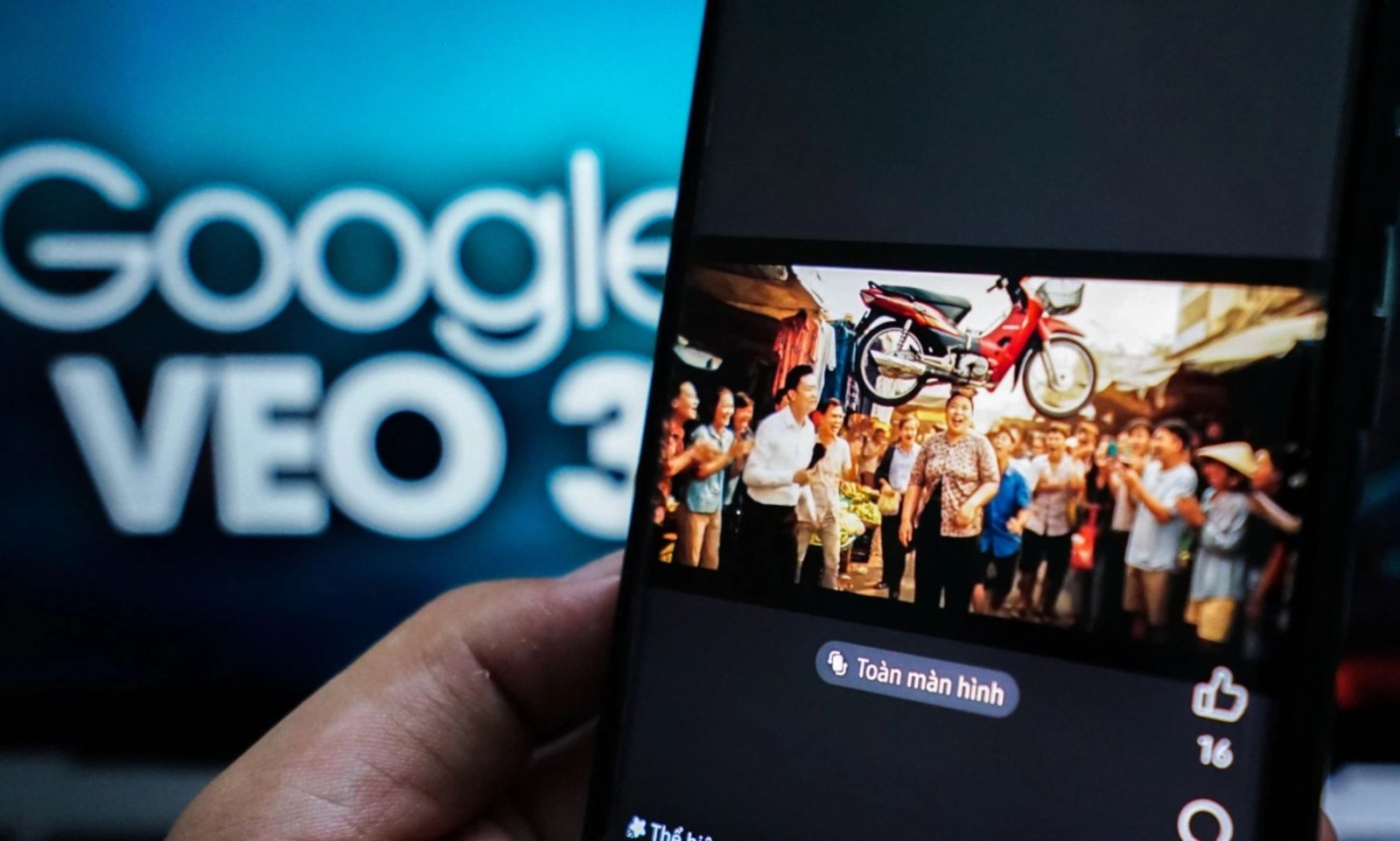
Not only the creative community, many industries in Vietnam have also started to utilize Veo 3 for work. Ms. Chau Dan, a marketing staff for a mobile device system, shared:
“The tool is easy to use, compatible and understands Vietnamese content well, so creating videos is quite fast. Even though people know it's AI, the posts receive more interaction than previous photo content.”
She used Veo 3 to create a clip introducing new products from features, appearance to user experience without having to film in real life. The result: cost savings and a clear increase in communication effectiveness.
6. Barriers: High price, no support for Vietnam and good English required
However, Veo 3 still has limitations that make many people hesitant, typically:
Not officially supported in Vietnam: According to Mr. Tuan Anh, administrator of the AI group with more than 100,000 members, domestic users must use VPN to access, which not everyone knows and can slow down video creation speed.
Input language still prioritizes English: Although Vietnamese is understood, Vietnamese prompts are often not as stable as English, forcing users to have a good English vocabulary to achieve the highest efficiency.
High cost: The Google AI Ultra package required to use Veo 3 costs $249.99/month, even though it’s 50% off for the first 3 months. With 12,500 tokens per month, each 8-second video “costs” about 100 tokens, which equates to about 125 videos per month.
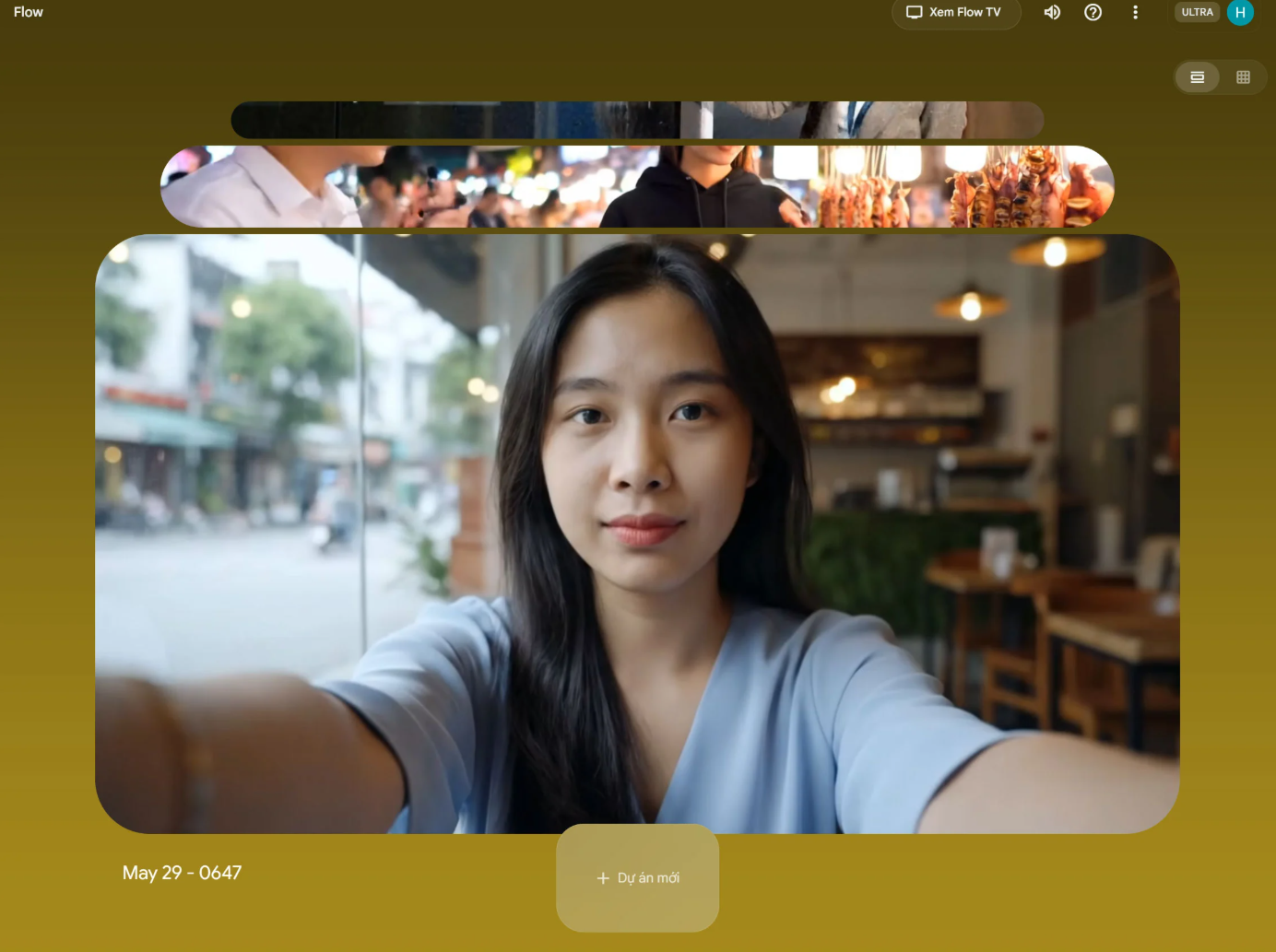
This is not an affordable price for ordinary users, especially in developing markets like Vietnam.
7. Global Community: Excited, Amazed and… Concerned
The impact of Veo 3 is not only in Vietnam. Globally, a series of videos are shared with extreme amazement from the online community. On YouTube, X (Twitter), Reddit or Instagram, many clips reach hundreds of thousands to millions of views in just a few hours.
Mashable commented:
“We've never seen anything like the Veo 3 before. It's impressive. It's scary. And it's only going to get better in the next versions.”
According to experts, Veo 3 is superior in the following aspects:
- Create movies faster
- With sound, dialogue matches the image
- Characters do not change between scenes
- Smartly synchronized frames
- Automatically maintains consistent visual style
These factors make many people worry that AI is gradually "replacing" humans in the roles of filming, directing, editing, and sound editing - jobs that require high skills.
8. Risk of abuse: Deepfakes and spam
Along with the strong growth comes very real concerns. Some experts warn:
- AI can be used to create fraudulent deepfakes
- “Spam” and fake content is rampant on the internet
- It's hard to tell what's real and what's AI-generated.
In a world where misinformation is rife, the ease with which a tool like Veo 3 can create videos that appear more real than real is a cause for concern for media and content managers.

9. Google responds: AI watermarking and responsible use guidelines
In response to these concerns, Google says it has implemented security measures:
AI labeling via SynthID watermark: This is Google DeepMind's technology, allowing the identification of AI-generated content, even if it has been edited through other tools.
Responsible Use Guidelines: Google publishes a set of safety standards to help users create AI content in an ethical and legal manner.
However, the real problem lies in user awareness as not everyone complies or even knows about these regulations.
Google Veo 3 is more than just a video creation tool, it represents a new wave of AI-powered content creation. It empowers everyone from individuals to businesses to freely express ideas that were previously only possible in professional studios.
However, it comes with challenges in terms of ethics, control and information security. Veo 3 is a clear example of the saying: “AI is neither good nor bad – it all depends on the user.”
And at the current level of development, the question is no longer "Will AI replace filmmakers?" but: "How will you use AI to tell your story?"
